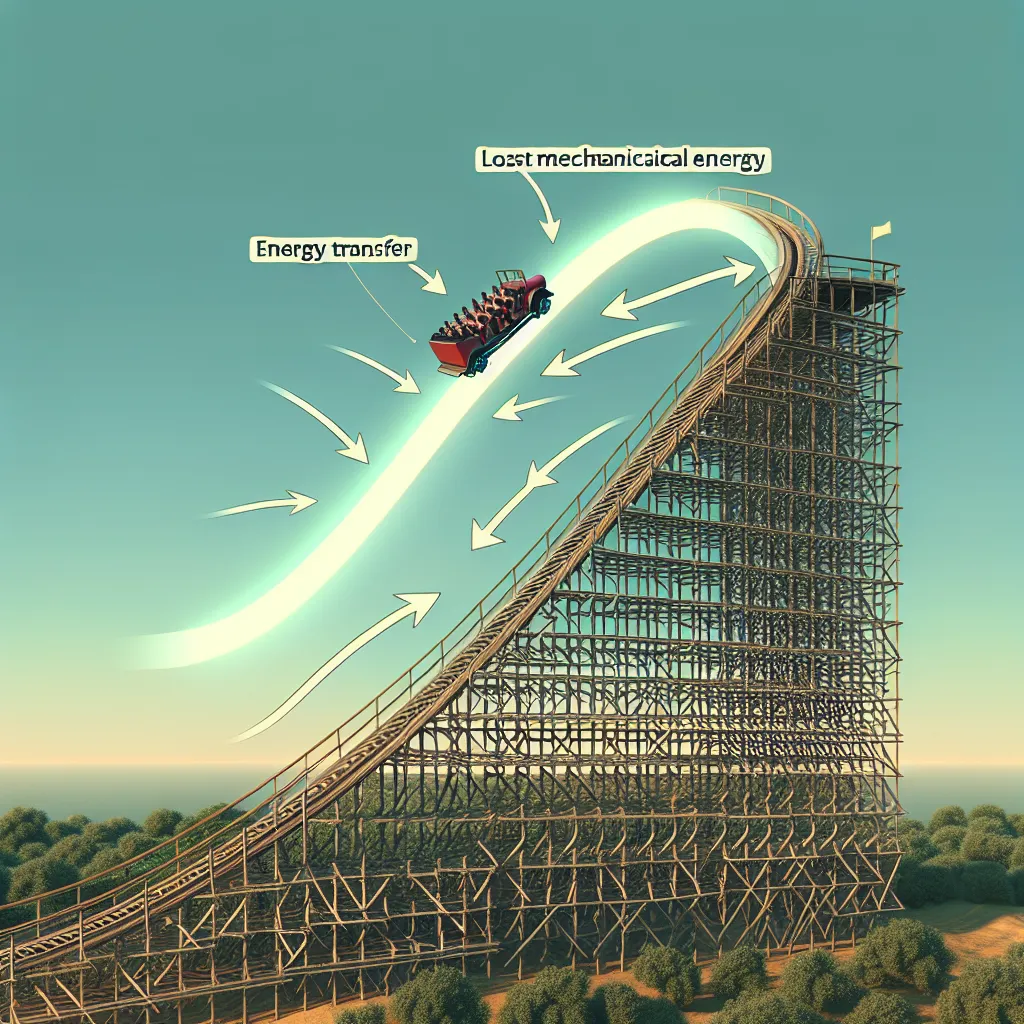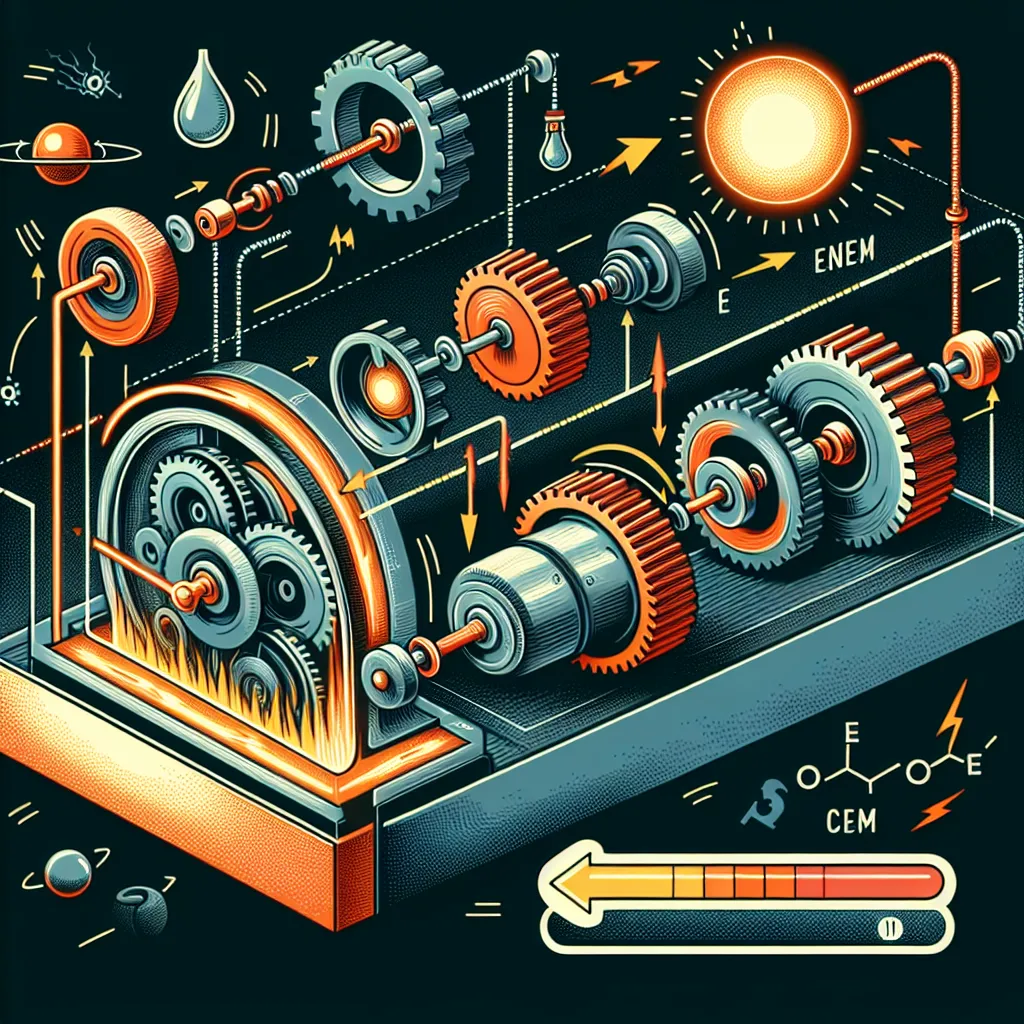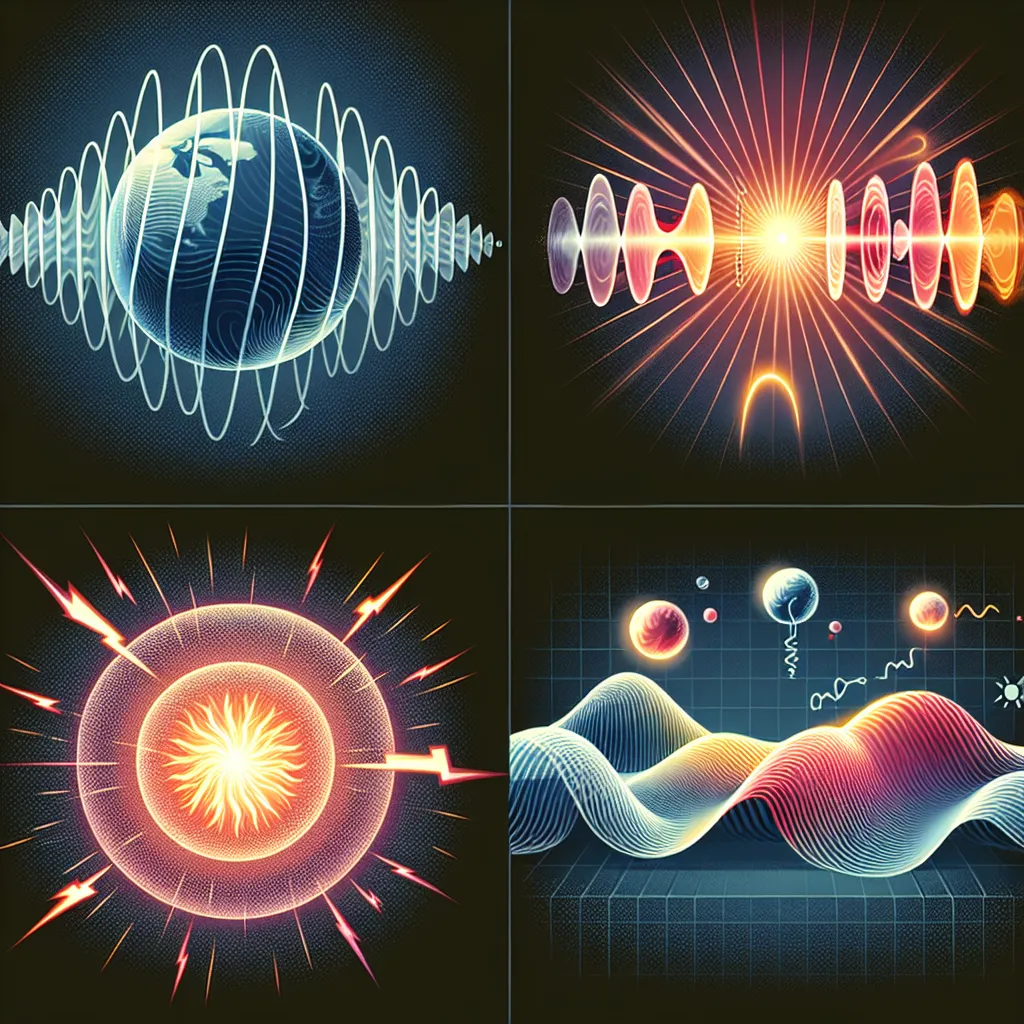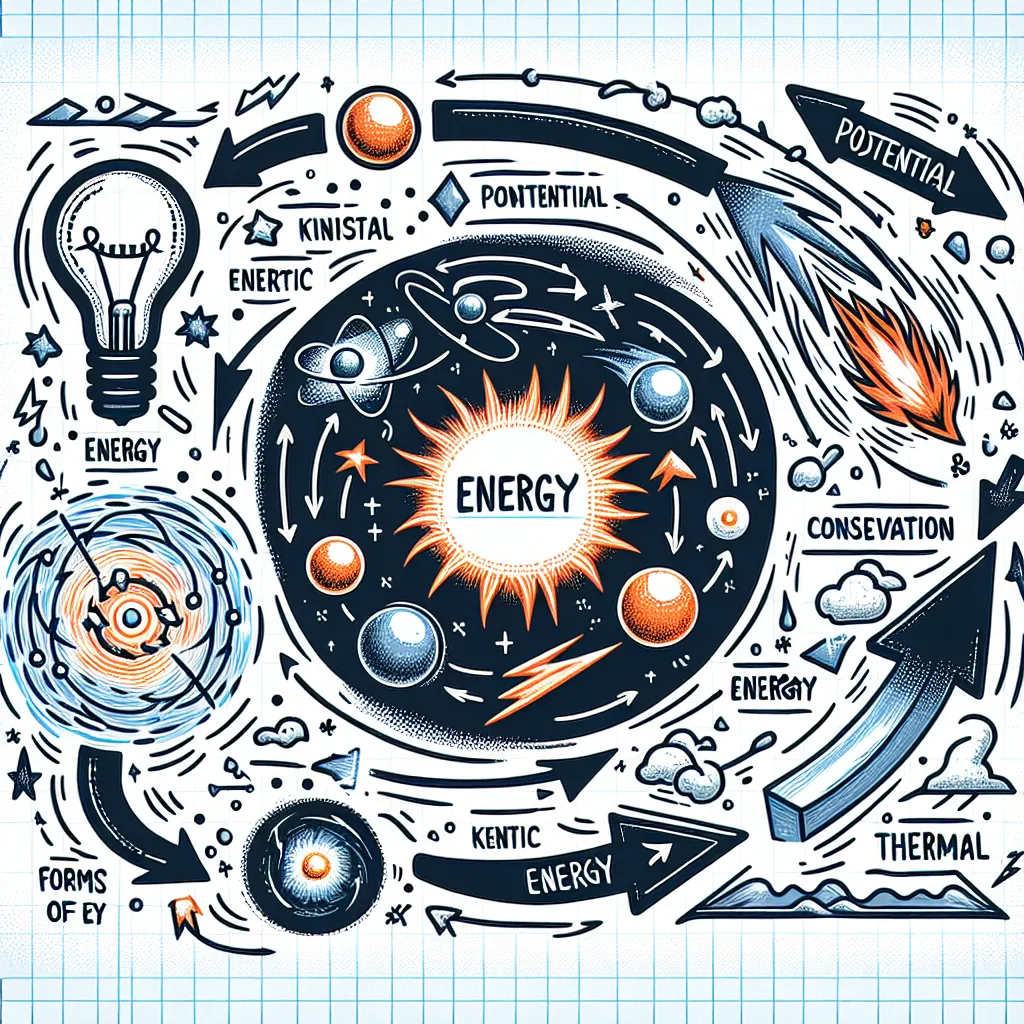Ask AI on The Internet
Question: How can an object lose mechanical energy?
An object can lose mechanical energy in several ways: 1. Friction: This is one of the most common ways an object loses mechanical energy. When an object moves against another object, friction between the two objects converts some of the mechanical energy into heat, thus reducing the total mechanical energy of the object. 2. Air Resistance: Similar to friction, air resistance converts some of the mechanical energy of a moving object into heat energy, causing a loss of mechanical energy. 3. Sound: When an object vibrates, it emits sound waves. This conversion of mechanical energy into sound waves results in a loss of mechanical energy. 4. Deformation: If an object changes shape during movement (like a squashed ball or a bent spring), some of its mechanical energy is lost in the process. 5. Gravitational Forces: A portion of an object's mechanical energy can be transferred to gravitational potential energy if the object is lifted to a higher position. 6. Internal Energy Conversion: Some mechanical energy may be lost through conversion to other forms of energy, like chemical or electrical energy within the object itself. The key point is that energy cannot be destroyed but only converted into other forms of energy, a concept known as the Conservation of Energy.
A new large language model has been made available since this question was asked.
To generate an updated answer from the new model, click the button below.
Think your answer is better than the AI's? Post it below.
Other Most Relevant Posts:
 Ask AI: When mechanical energy is transferred to the environment, what form does it take?
Heat
Sounds
All answers are possible
Light
Ask AI: When mechanical energy is transferred to the environment, what form does it take?
Heat
Sounds
All answers are possible
Light
Question Tags
If you want your question answered by an AI, click here.






Post your own comment: